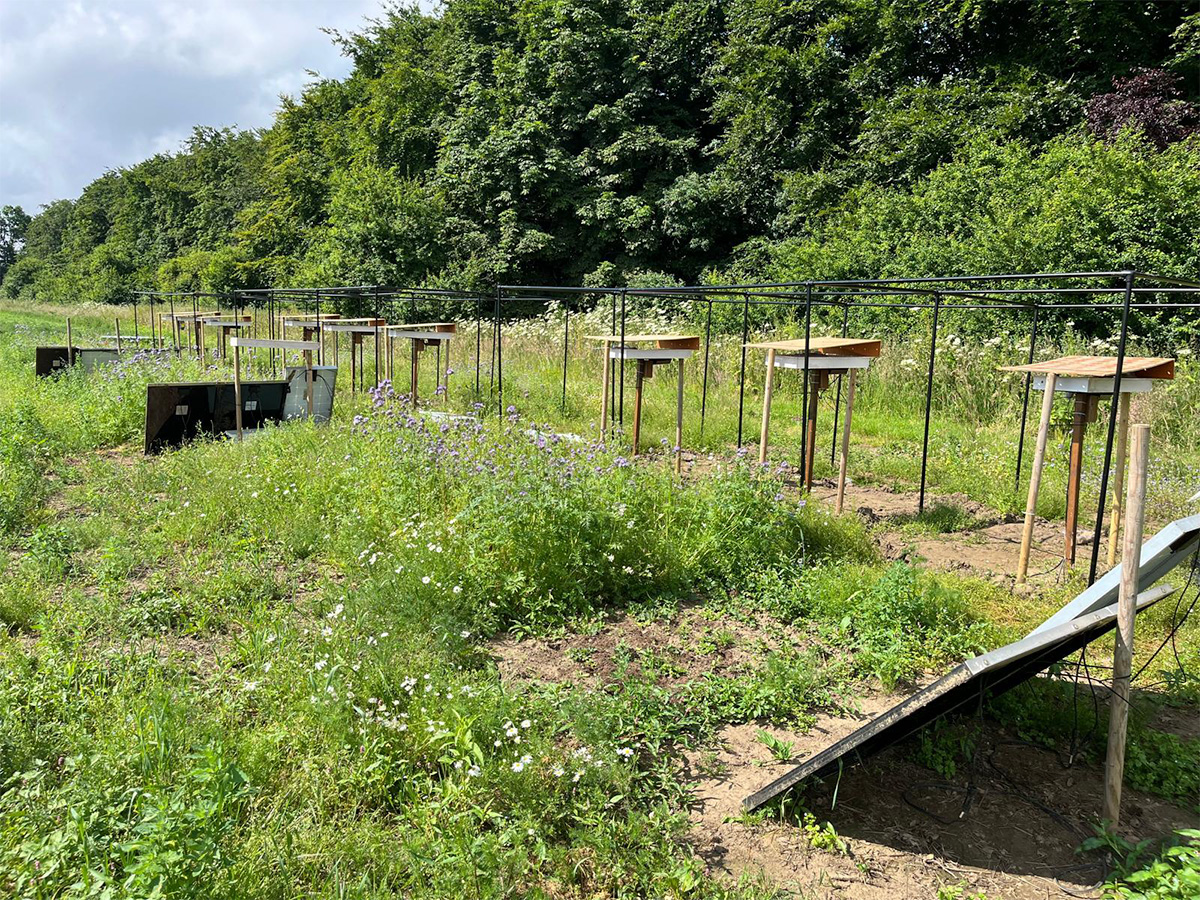All animals need a balance of key nutrients. Many animals change their food preferences to adjust the nutrient balance they get. But different temperatures may require different balances. A healthy diet that animals prefer at one temperature may be unhealthy and not preferred at another. So hotter climates may change how animals use food within a landscape.
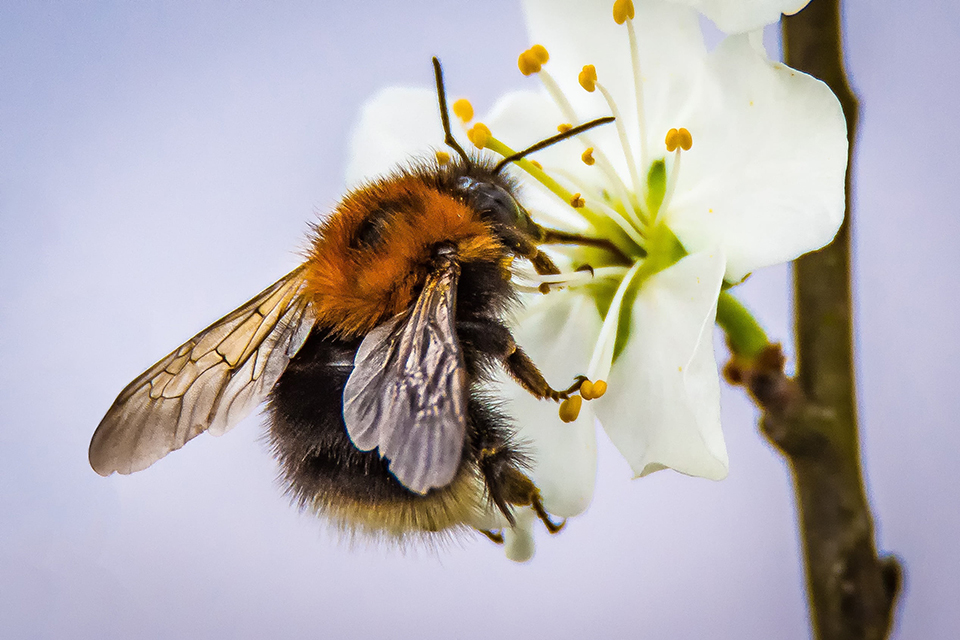
For pollinators this is a serious threat both to their health… and the pollination services we depend on. 33% of your food is pollinated by insects. But the flowers they visit vary widely in carbohydrate, protein and fat within nectar and pollen – for example, from 60% protein (e.g. garden primulas) to 2% (some grasses).
Bees’ health depends on the right nutrient mix – but the climate is heating up, so the ideal mix may change. At higher temperatures, bees may choose to visit and pollinate different crops. We need to understand how bees’ needs and preferences may change in warmer climates and how this will affect their health and the services they provide. We can then design future-proof measures to combat these effects.
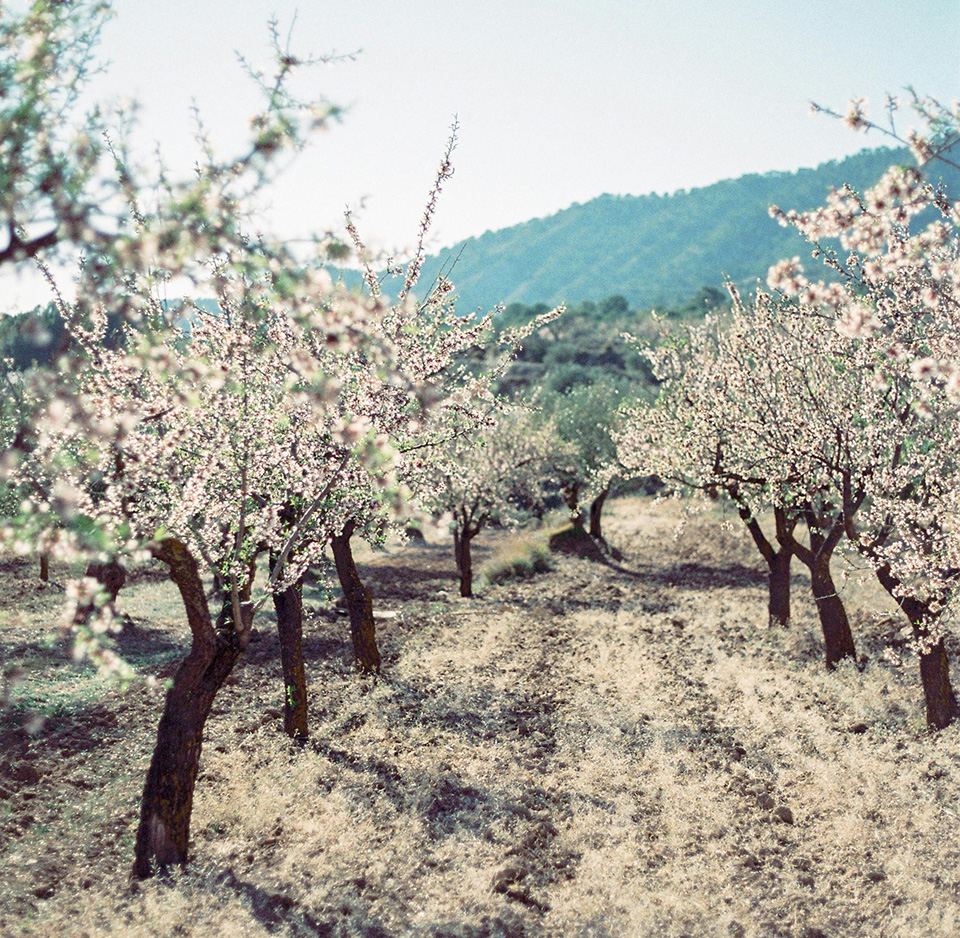
Our project will measure and model the effects of nutrition and temperature in two wild bee species that are key pollinators in the UK. Bumblebees (Bombus terrestris) are important commercial pollinators of soft fruit, beans and tomatoes; red mason bees (Osmia bicornis) are highly effective pollinators of apples and other top fruit. Together they represent two contrasting life histories of UK wild bees.
Bumblebees are social: they have workers that provision larvae throughout development, and that can control the temperature of their underground nest and therefore the developmental conditions of the brood.
Red mason bees are solitary. Mothers provide larvae with a single pollen ball before hatching, and are unable to control developmental temperature beyond choosing a suitable nest site.
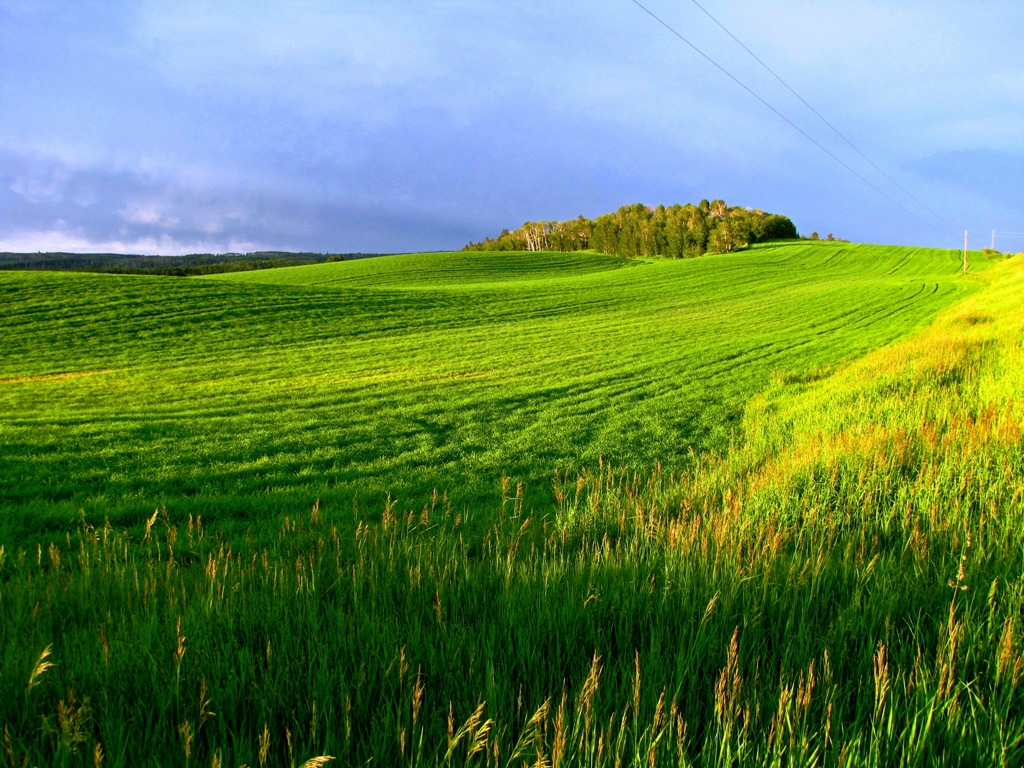
In both species, we will raise young bees on different combinations of nutrition (protein, carbohydrate and lipid) and temperature (realistic climate projections). We will measure how this affects growth, metabolic rate and survival, establishing the best diet for each of these variables at each temperature. Then we will test whether adults, foraging in cages, can actively provide the optimal diet for larvae when the temperature changes.
This will provide insights into whether bee communities provisioning their young will be resilient to changing landscapes and climates. It will test for the first time whether provisioning adults (of any species) are sensitive to changing nutritional needs of young, and therefore how parents and larvae work together to ensure larvae receive a balanced diet. Finally we will use our data to create detailed energy budget models, which will test ideas about how bumblebees’ and mason bees’ different lifestyles may underlie different physiological ways of dealing with climate heating, and will also predict changes in bees’ flower preferences as climates heat up.
The results will pave the way for (1) understanding and predicting which crops are vulnerable to pollination deficits on the basis of bees’ changing nutritional preferences, and (2) designing bespoke, targeted management interventions such as pollinator-specific wildflower strips.
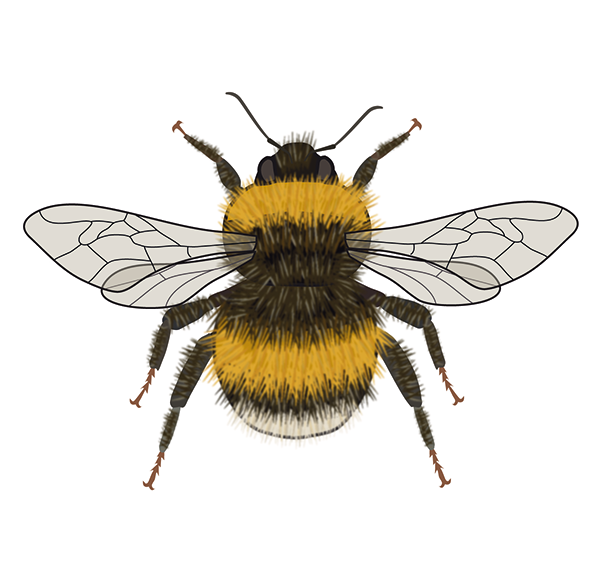
Bombus terrestrisBumblebees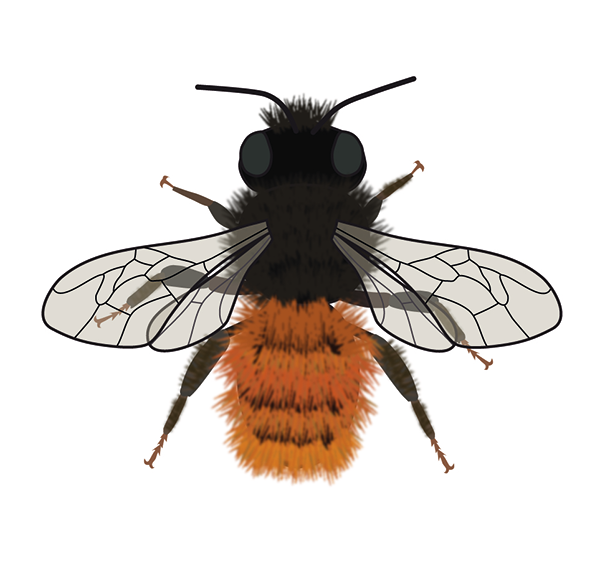
Osmia bicornisRed mason bees
Image credits: Jose Luis Ordóñez and Ignasi Bartomeus.

